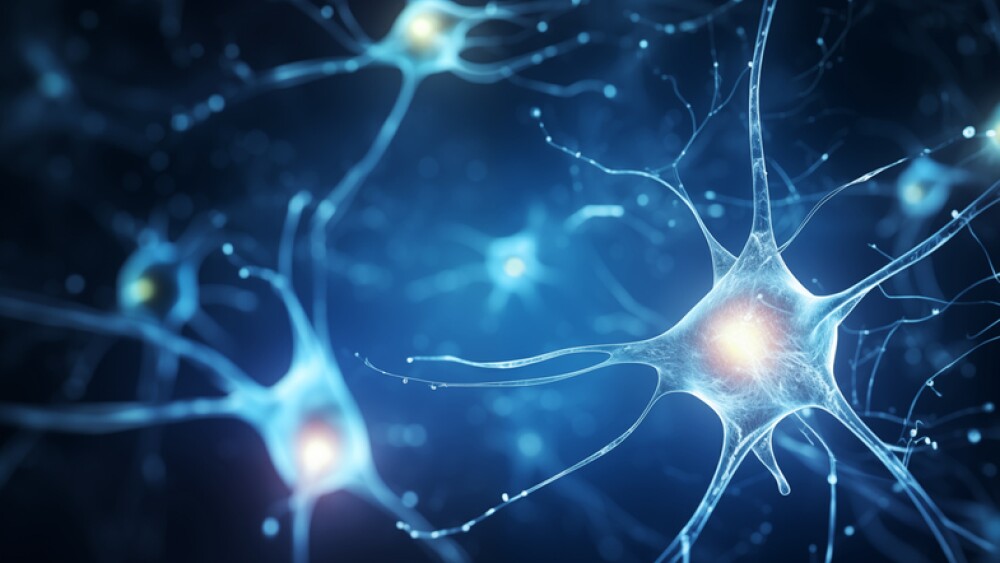A new computer kidney developed at the University of Waterloo could tell researchers more about the impacts of medicines taken by people who don’t drink enough water.
Monday, October 7, 2019
A new computer kidney developed at the University of Waterloo could tell researchers more about the impacts of medicines taken by people who don’t drink enough water.
In a recent study, Waterloo researchers found that the elderly, people with impaired kidney function and those taking a combination of certain drugs need to be extra mindful of their water intake.
“People who have high blood pressure are typically given a water pill, so they pee a lot to lower their blood volume and in so doing lower their blood pressure,” said Anita Layton, professor of Applied Mathematics, Pharmacy and Biology at Waterloo. “These patients are frequently also given another drug that targets a hormonal system which will affect the kidney as well.
“A lot of people are on these two drugs, and they will be fine. But one day they might have a headache and take an aspirin, and the three of these drugs together can hurt your kidneys.”
The ability of the kidney to maintain water balance is vital to our health. It controls water balance, and when we are dehydrated, it produces highly concentrated urine to get rid of waste using as little water as possible. The older population, those with kidney diseases, and those on blood pressure medication sometimes have a problem with water balance.
Layton, the Canada 150 Research Chair in Mathematical Biology and Medicine, built the first computational model that simulates the muscle contractions that move urine from the kidney to the bladder.
Layton’s model found that unless a patient is properly hydrated, taking the two blood pressure drugs and an aspirin concurrently could cause acute kidney injury. The injury happens when there is an insufficient water balance, which can lead to concentrated urine from a build-up of waste in the body.
“Incredibly, how mammals produce a highly concentrated urine is not well understood,” Layton said. “We’re now a step closer to understanding how water balance is maintained in mammals.”
Notably, this study is an example of the interdisciplinary research in which Layton and other Waterloo researchers are involved. Layton’s research group uses mathematics as a microscope to understand biology and medicine. They build computer models to simulate the effects of various drugs and apply mathematical techniques to analyze clinical data.
The study, titled Solute and water transport along an inner medullary collecting duct undergoing peristaltic contractions, authored by Waterloo’s Faculty of Mathematics researcher Layton, was recently published in the American Journal of Physiology Renal Physiology.
MEDIA CONTACT | Matthew Grant Attention broadcasters: Waterloo has facilities to provide broadcast quality audio and video feeds with a double-ender studio. Please contact us for more information. |




